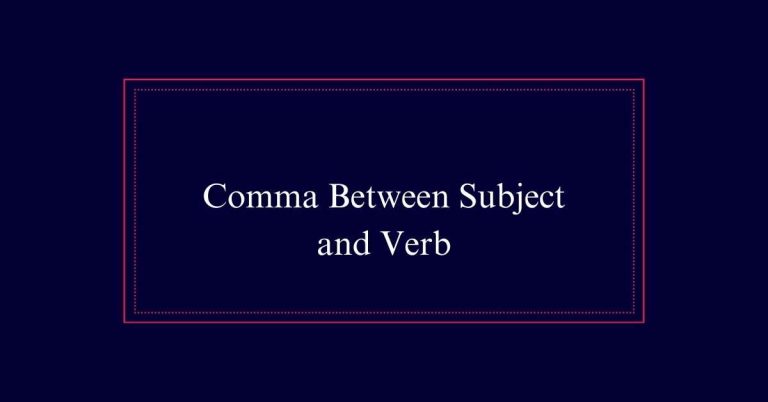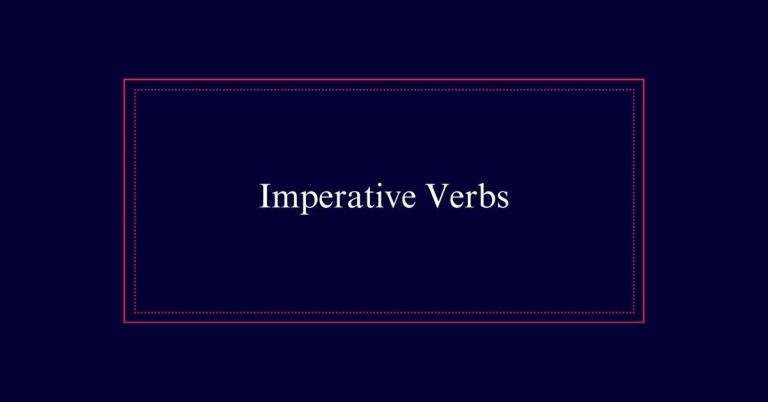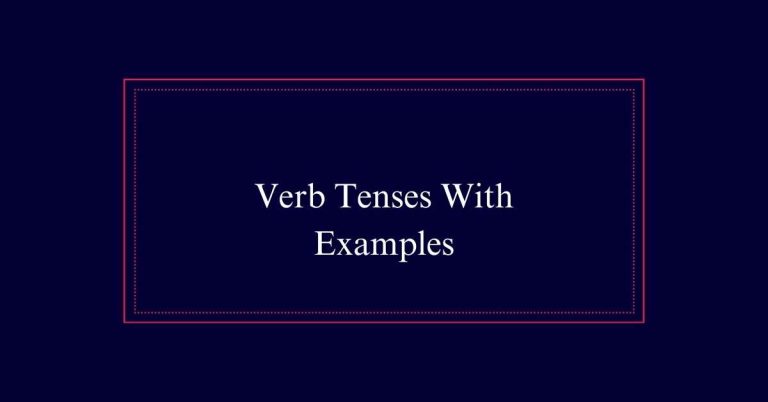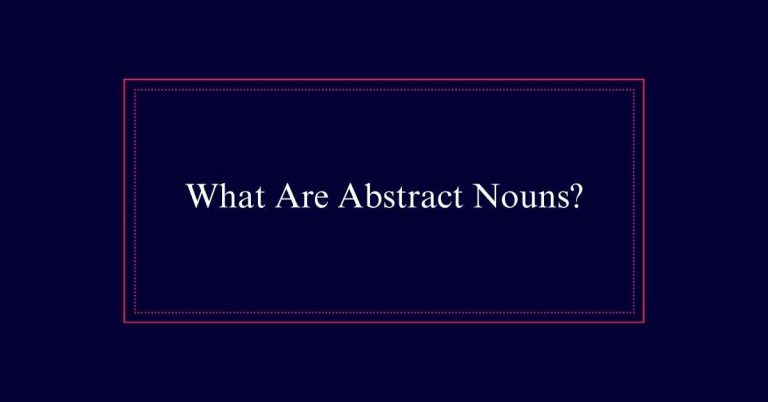How to Use Irregular Verbs?
Using irregular verbs is crucial for effective communication in English. Unlike regular verbs, irregular verbs do not follow a consistent pattern. For example, ‘sing’ changes to ‘sang’ in the past tense, and ‘go’ becomes ‘went.’
Memorizing these unique forms is essential. Strong verbs change internal vowels, such as ‘break’ to ‘broke.’ Weak verbs often add -ed, but not always. Proper use involves practicing and memorizing common irregular verbs like ‘see’ (saw, seen) and ‘cut’ (cut, cut).
Understanding Irregular Verbs
Understanding irregular verbs is essential for mastering English grammar.
Unlike regular verbs, which form their past tense by adding -ed, irregular verbs have unique forms.
For example, the verb ‘sing’ changes to ‘sang’ in the past tense and ‘sung’ as the past participle. These forms do not follow a predictable pattern.
Another example is ‘go,’ which becomes ‘went’ in the past tense and ‘gone‘ as the past participle.
The simple present tense remains the same for regular and irregular verbs.
Strong Versus Weak Verbs
To further grasp irregular verbs, it is important to distinguish between strong and weak verbs. Strong verbs change their internal vowels in the past tense. For example, ‘sing’ becomes ‘sang,’ and ‘drink’ becomes ‘drank.’
Weak verbs, on the other hand, form their past tense by adding a suffix, often -ed, but can also be irregular. For instance, ‘sleep’ becomes ‘slept,’ and ‘keep’ becomes ‘kept.’
It’s essential to note that while all strong verbs are irregular, not all weak verbs follow regular patterns. Irregular weak verbs, such as ‘bet’ and ‘spread,’ do not change their forms.
Common Irregular Verbs
Among the numerous irregular verbs in English, examples such as ‘go,’ ‘see,’ and ‘break’ stand out for their unique past tense and past participle forms. These verbs do not follow the regular pattern of adding -ed. Instead, they change entirely. Understanding these common irregular verbs is essential for mastering English grammar.

Here are some examples:
- Go: The past tense is ‘went,’ and the past participle is ‘gone.’
- See: The past tense is ‘saw,’ and the past participle is ‘seen.’
- Break: The past tense is ‘broke,’ and the past participle is ‘broken.’
- Eat: The past tense is ‘ate,’ and the past participle is ‘eaten.’
Identifying Irregular Forms
Recognizing the irregular forms of verbs is essential for proper sentence construction. Irregular verbs do not follow the typical -ed ending for past tense. For example, ‘go’ changes to ‘went’ instead of ‘goed.’
Some verbs, like ‘cut,’ remain the same in both present and past forms. Strong verbs, such as ‘sing,’ change vowels to form their past tense (‘sang’). Weak verbs, like ‘sleep,’ may change slightly (‘slept’).
Identifying these forms requires memorization and practice. An effective strategy is to learn common irregular verbs and their past forms.
Simple Past Tense
Understanding the unique forms of irregular verbs naturally leads us to explore their usage in the simple past tense. Irregular verbs do not follow the standard -ed ending of regular verbs. Instead, they change form entirely.
For example, ‘go’ becomes ‘went,’ and ‘see’ becomes ‘saw.’ To effectively use irregular verbs in the simple past tense, consider these key points:
- Memorize Forms: Familiarize yourself with common irregular verbs and their past tense forms.
- Practice Regularly: Use these verbs in sentences to reinforce your memory.
- Confirm Context: Verify that the verb form matches the time frame of your sentence.
Present Perfect Tense
The present perfect tense is used to describe actions that occurred at an unspecified time before now. This tense is formed by using ‘has’ or ‘have’ followed by the past participle of the verb. For example, ‘I have eaten’ or ‘She has written.’
Irregular verbs require memorization of their unique past participles. For instance, the past participle of ‘go’ is ‘gone,’ as in ‘They have gone to the store.’ Similarly, ‘see’ becomes ‘seen’ in ‘We have seen that movie.’
Memorizing Irregular Verbs
Mastering the present perfect tense requires memorizing the unique past participles of irregular verbs. This task may seem challenging, but breaking it down into manageable steps can help.
Here are four effective strategies for memorizing irregular verbs:
- Create Flashcards: Write the base form on one side and the past participle on the other. Review them regularly.
- Group by Patterns: Organize verbs with similar changes together. For example, sing-sang-sung and ring-rang-rung.
- Use Mnemonics: Develop memory aids to link the base form with its past participle. For instance, “bring-brought” can be remembered with “I brought the ring.”
- Practice in Context: Write sentences using the past participles. This helps reinforce the correct forms through practical use.
Using Irregular Verbs Correctly
Grasping the correct usage of irregular verbs is essential for effective communication. Irregular verbs do not follow the standard -ed ending for past tense.
For example, the verb ‘go’ changes to ‘went’ in the past tense, not ‘goed.’ Similarly, ‘run’ becomes ‘ran.’ Incorrect usage can confuse readers or listeners.
To use these verbs correctly, practice their unique forms. Utilize them in sentences like, ‘She sang beautifully yesterday’ instead of ‘singed.’
Remember, some verbs like ‘cut’ remain the same in all forms. Regular exposure and practice with irregular verbs will improve your writing and speaking skills.
Make sure you verify the forms to avoid mistakes and enhance clarity in your communication.






